Growing Focus on Mental Health
The growing focus on mental health and its intersection with substance use disorders is driving change within the Methadone Hydrochloride Market. As mental health awareness increases, there is a corresponding recognition of the need for integrated treatment approaches that address both mental health and addiction. Methadone, as a treatment for opioid dependence, is increasingly being incorporated into comprehensive care models that include psychological support and counseling. This holistic approach not only improves treatment outcomes but also aligns with the broader movement towards patient-centered care. Consequently, the Methadone Hydrochloride Market is likely to benefit from this trend, as more healthcare systems adopt integrated treatment strategies.
Integration of Telehealth Services
The integration of telehealth services into addiction treatment programs is emerging as a transformative factor in the Methadone Hydrochloride Market. Telehealth platforms facilitate remote consultations and monitoring, making methadone treatment more accessible to patients who may face barriers to in-person visits. This shift towards digital health solutions has been particularly beneficial for individuals in rural or underserved areas, where access to treatment facilities is limited. Data indicates that telehealth has led to increased patient engagement and retention in treatment programs, thereby enhancing the overall effectiveness of methadone therapy. As telehealth continues to gain traction, it is poised to play a pivotal role in shaping the future of the Methadone Hydrochloride Market.
Advancements in Pharmaceutical Research
Advancements in pharmaceutical research are significantly influencing the Methadone Hydrochloride Market. Ongoing studies aimed at improving the efficacy and safety profiles of methadone formulations are paving the way for innovative treatment options. Research initiatives focusing on personalized medicine and tailored dosing regimens are expected to enhance patient outcomes and adherence to treatment. Furthermore, the development of combination therapies that incorporate methadone with other pharmacological agents may provide additional avenues for addressing opioid dependence. As these advancements materialize, they are likely to attract investment and interest from pharmaceutical companies, thereby propelling the growth of the Methadone Hydrochloride Market.
Increasing Awareness of Opioid Addiction
The rising awareness surrounding opioid addiction has catalyzed a notable shift in the Methadone Hydrochloride Market. Educational campaigns and advocacy efforts have highlighted the dangers of opioid misuse, prompting healthcare providers and policymakers to prioritize effective treatment options. As a result, the demand for methadone as a maintenance therapy for opioid dependence has surged. According to recent data, the number of patients receiving methadone treatment has increased significantly, reflecting a broader societal recognition of the need for comprehensive addiction treatment. This heightened awareness not only drives market growth but also encourages the development of supportive policies aimed at improving access to methadone treatment, thereby enhancing the overall landscape of the Methadone Hydrochloride Market.
Regulatory Support for Treatment Programs
Regulatory frameworks supporting opioid dependence treatment programs have emerged as a crucial driver in the Methadone Hydrochloride Market. Governments and health organizations are increasingly recognizing the importance of structured treatment protocols, which include methadone as a key component. Recent legislative measures have facilitated the establishment of more treatment facilities and expanded access to methadone therapy. For instance, the introduction of guidelines that streamline the process for healthcare providers to prescribe methadone has led to a marked increase in treatment enrollment. This regulatory support not only enhances the credibility of methadone as a treatment option but also fosters a more favorable environment for the Methadone Hydrochloride Market to thrive.


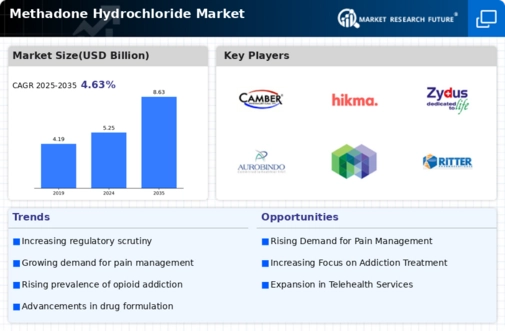

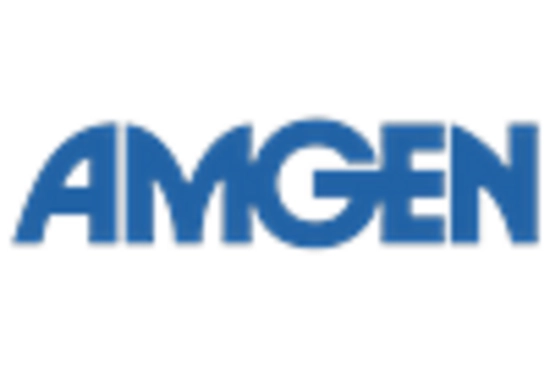
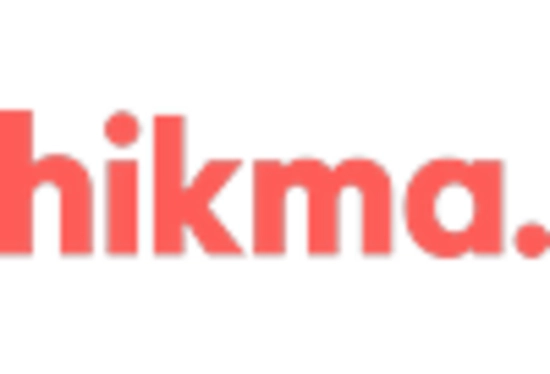

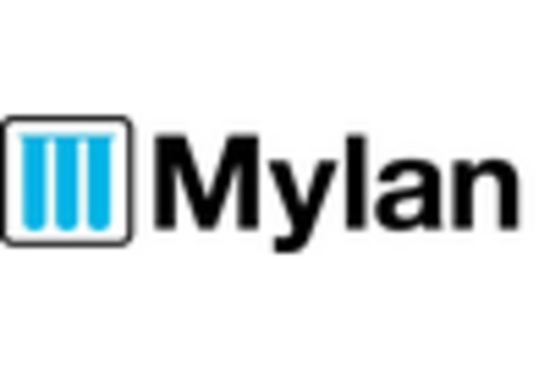

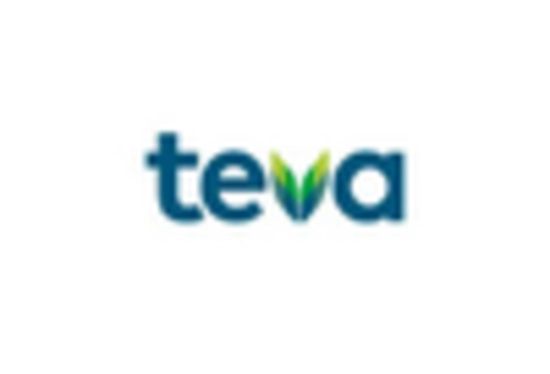








Leave a Comment